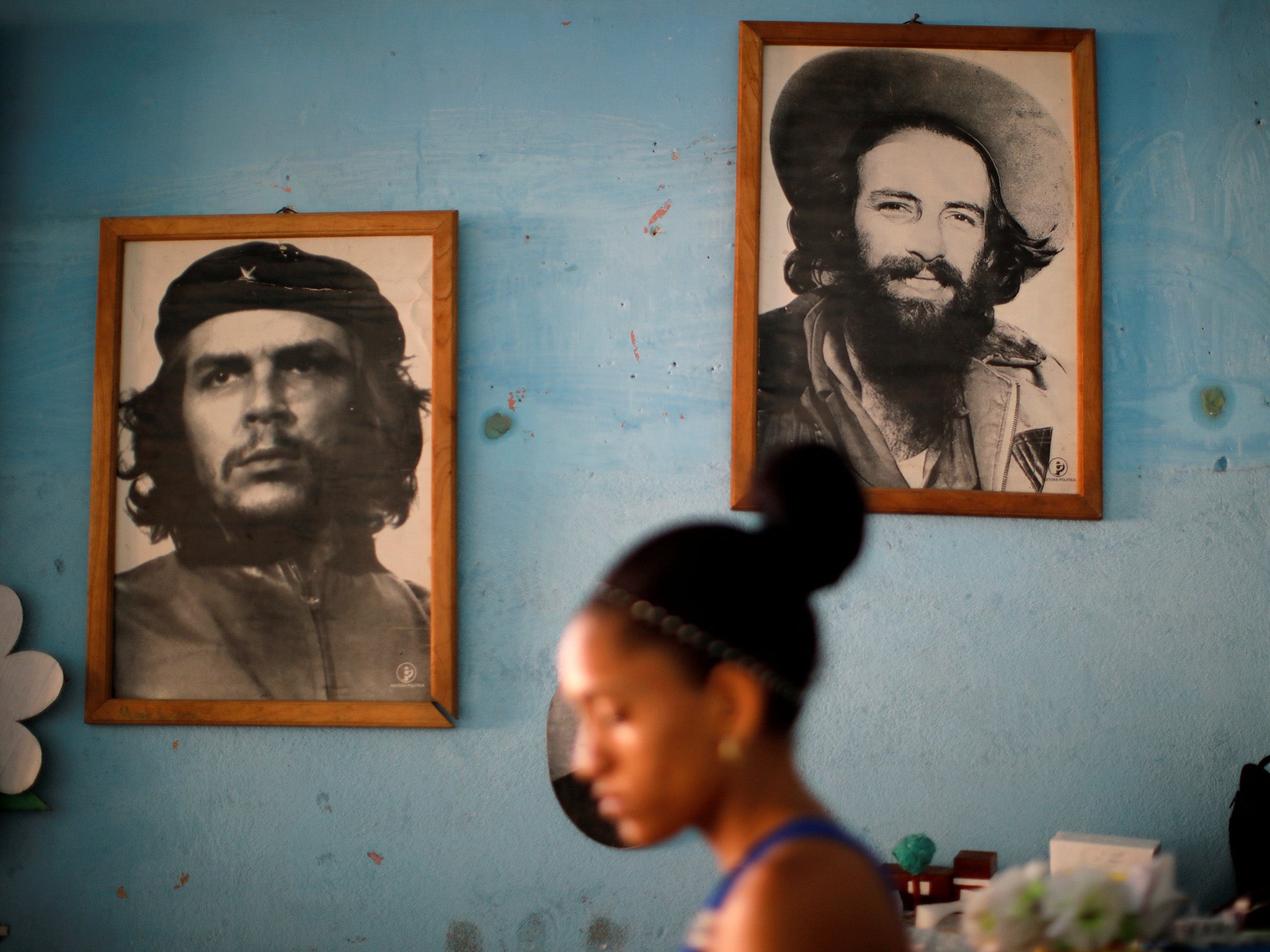Two Guantanamos: Photos showing the Cuban city and the US military base it hosts
With hardly any communication passing between the vastly different populations, this is truly a tale of two cities

On the east coast of Cuba lies a tale of two cities: the city of Guantanamo and the US naval base at Guantanamo Bay. Both are testament to the gulf between the two countries and their cultures.
On the base, the uniforms are camouflage. In the city, they are for school or sports. Magazines and books fill the spare time of those at the base, while in the city, cafes, parades and dominoes play that role.
The base is more than a century old, but the Cuban government that came to power with the 1959 revolution has considered it illegal under international law. The US decision in 2002 to send foreign terrorism suspects to a newly constructed detention camp on the base heightened tensions.
Now US President Donald Trump has ordered this week that the centre remain open after his predecessor, Barack Obama, unsuccessfully attempted to close the widely condemned prison. Its inmate population stands at 41.
Just 18 miles apart, the base on the bay with 5,500 personnel and the inland city of 217,000 people do not mix. Their radio stations chronicle their separate and distinct lives.
Radio Reloj, a Cuban government-run station, promotes the culture of Cuba under the island's communist leadership. It extols the virtues of a 20-year-old swimmer who qualifies for the World Aquatics Championships in Budapest as well as the booming potato exports to Latin America. The sound of a ticking clock – a “reloj” in Spanish – hums beneath the announcements.
A tale of two Guantanamos
Show all 20At the US naval base, however, Radio Gtmo caters to an expat community, offering tips on the optimal amount of alcohol to consume after dinner and warning of the negative effects of feeding the bay’s iguana population.
The two Guantanamos capture the stark contrasts of the neighbouring populations which share little communication. At the base, a US soldier patrols the area, while a portrait of Cuban revolutionary hero Che Guevara adorns a wall in the city.
An austere, windowless cell for detainees contrasts with locals playing dominoes outside their homes at dusk. A lone prisoner walks along a dark cellblock, while a group of passengers ride the local bus.
Guantanamo is a stark mix of military order or spontaneous joy, bunkers or bright-blue doors, Caribbean sea or sugar cane fields.
Subscribe to Independent Premium to bookmark this article
Want to bookmark your favourite articles and stories to read or reference later? Start your Independent Premium subscription today.

Join our commenting forum
Join thought-provoking conversations, follow other Independent readers and see their replies